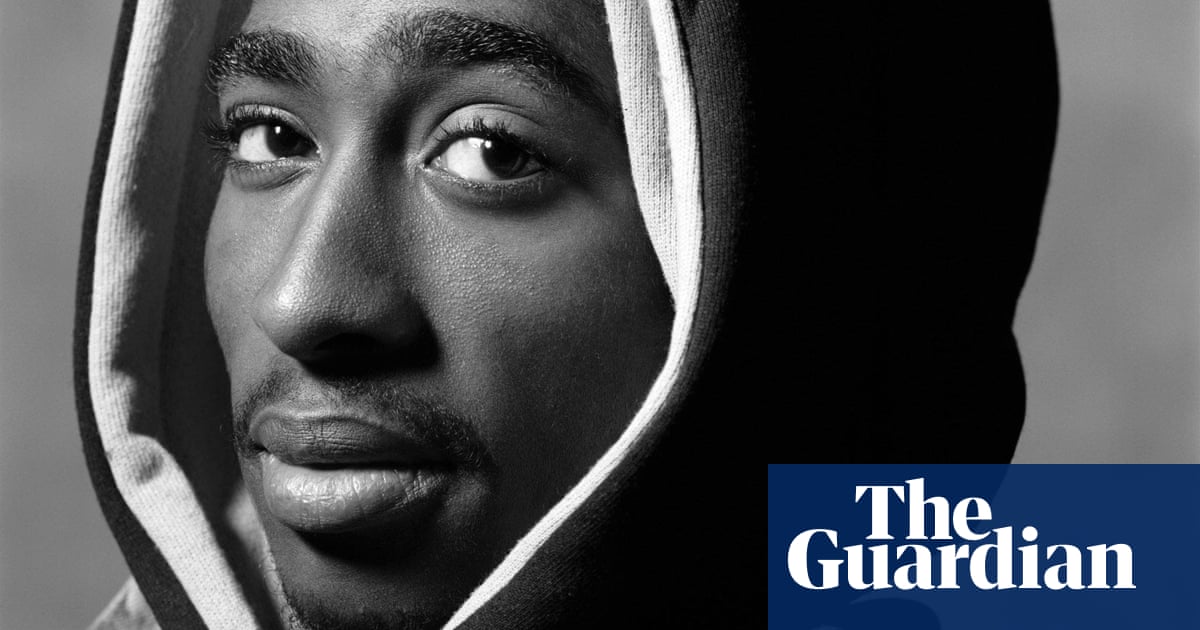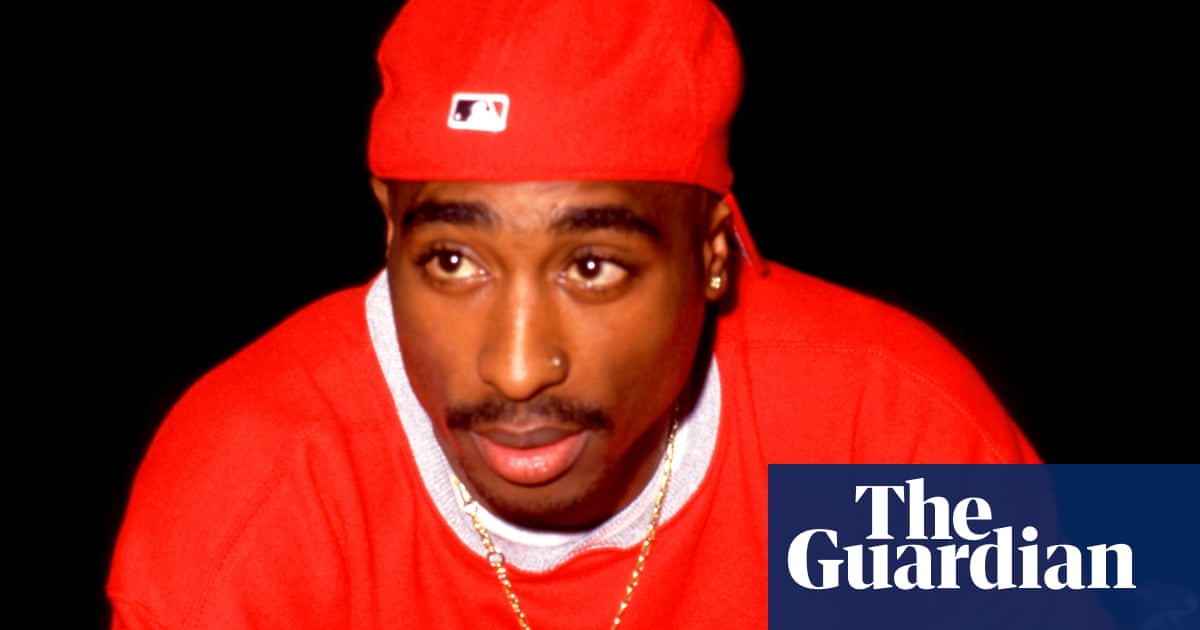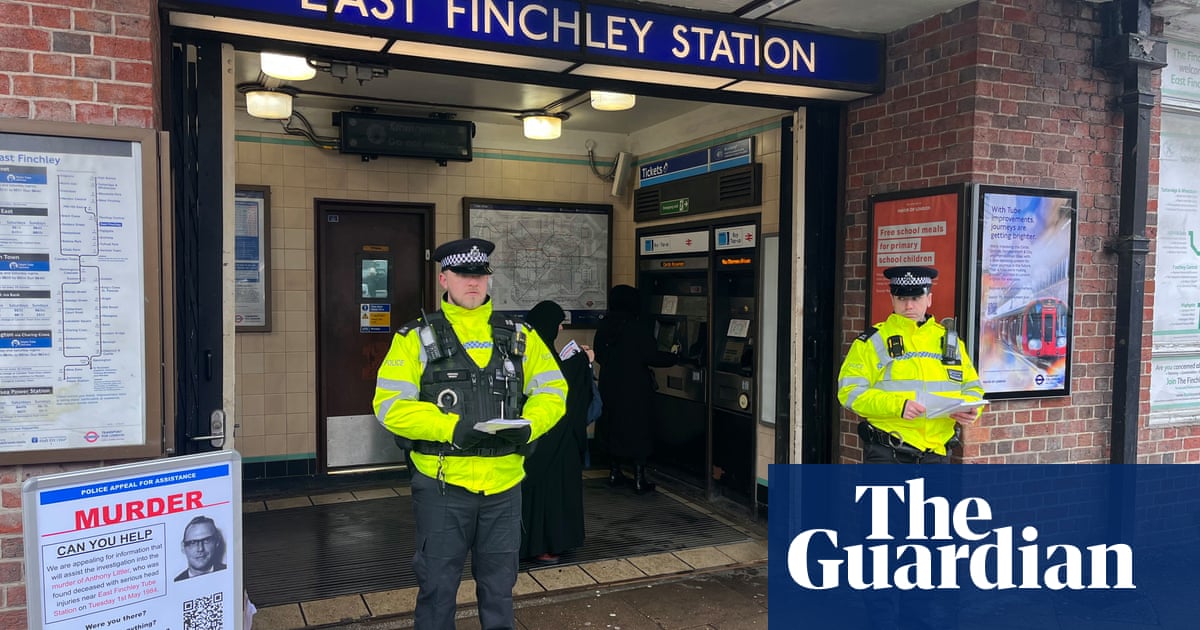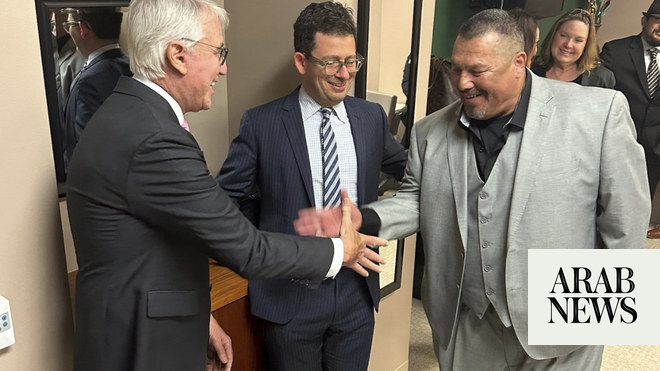
For nearly 30 years the killing of Tupac Shakur remained one of the music industry’s most enduring unsolved crimes. His 1996 murder near the Las Vegas strip sparked countless reports, books and documentaries seeking to determine who exactly was responsible for the death of the hip-hop legend.
But on Friday, authorities in Nevada announced they had finally made an arrest in the case. Duane “Keffe D” Davis, a former gang leader and one of the last surviving witnesses to the crime, was indicted for murder for allegedly orchestrating the drive-by shooting.
Davis, prosecutors allege, admitted to serving as the “on the ground, on-site commander of the effort to kill Tupac”, after the rapper was involved in a fight with his nephew, Orlando “Baby Lane” Anderson, who was a longtime suspect in the killing.
“It has often been said that justice delayed is justice denied,” said Steve Wolfson, the Clark county district attorney, to the Associated Press. “In this case, justice has been delayed, but justice won’t be denied.”
The development, officials said, was made possible in part by Davis himself, who described his involvement in the drive-by shooting in a 2019 memoir.
The killing of Tupac Shakur, the iconic and beloved artist who sold more than 75m records, drew intense public interest and a fascination that persisted for decades. Questions and conspiracy theories have long swirled around the case as has criticism that Las Vegas police bungled the investigation.
Shakur was gunned down just off the Las Vegas strip on 7 September 1996, while he was on his way to an afterparty with the Death Row Records founder Marion “Suge” Knight. Earlier in the evening the rapper had attended a Mike Tyson fight at the MGM Grand Hotel and afterward was involved in a physical confrontation with Anderson and several others, in which Shakur attacked Anderson over a previous conflict.
Later that evening, Shakur and Knight were riding in a BMW headed to a party in a convoy of about 10 cars. While they waited at a red light, a white Cadillac pulled up alongside them and fired eight shots. Shakur, who had been leaning out of the window to flirt with women in a nearby car, was hit four times and died less than a week later at age 25.
The rapper’s death came as he was feuding with rival Biggie Smalls, which fueled speculation about the role the east coast-west coast rivalry had played. But the case remained unsolved with police failing to pursue crucial leads – and ruling out Anderson as a suspect despite a tip from Los Angeles police that he had been the shooter. Anderson was shot and killed in a separate incident in 1998.
The rapper Yaki Kadafi, who was in the car just behind Shakur at the time of the shooting, told police in the immediate aftermath that he had seen the assailants driving a white Cadillac and could identify the killer. Las Vegas police did not follow up on the tip, and Kadafi was fatally shot in an unrelated incident months later.
Davis had long been known to investigators and those who chronicled the case. Greg Kading, a retired Los Angeles detective who spent years investigating the Shakur killing and wrote a book on the topic, said he interviewed Davis in 2008 and 2009, during Los Angeles police investigations of the killing of Shakur as well as the killing of Christopher Wallace, known as Biggie Smalls. He identified Davis as the lead suspect in Shakur’s killing at that time.
But it was Davis’s decision in recent years to speak publicly about his connections to the shooting and publish and promote a tell-all memoir that reinvigorated the case and paved the way for his arrest, authorities said.
He revealed his “involvement in this crime” on television, the Clark county prosecutor Marc DiGiacomo said, seeming to reference a 2018 BET documentary show in which Davis said he knew the identity of Shakur’s killer.
“I was a Compton kingpin, drug dealer. I’m the only one alive who can really tell you the story about the Tupac killing,” he said at the time.
DiGiacomo argued that Davis’s 2019 autobiography, Compton Street Legend, supported the prosecution, noting that he called himself “the shot-caller” of the gang the South Side Compton Crips, and quoting a part of his book where he said, “If we were an army, I was a five-star general.” The district attorney also noted that Davis described in his book how he was in the front seat of the car that drove by Shakur.
Prosecutors alleged that Davis, who is the last living person among the four people who were in the Cadillac, sought retribution for the beating of his nephew, Anderson. He allegedly sought a gun on the night of 7 September 1996 with the intent to “hunt down” Shakur, they said.
In the book, Davis recounted his anger upon learning that the Death Row crew had jumped his nephew. “We couldn’t let no record company studio gangsters do us like that. Had they lost their fuckin’ rappin’ ass minds? … Suge and his boys committed the ultimate disrespect when they kicked and beat down my nephew Baby Lane in a video seen around the world!” He said he had planned to “confront Suge” and ask, “Why the fuck y’all jump on my nephew?”
Knight, along with Anderson, Terrence “Bubble Up” Brown and DeAndre “Freaky” Smith, found Shakur just off the strip around 11.15pm.
Describing the moments before he and the passengers in his car, which included Anderson, happened to drive by Shakur’s car, Davis wrote: “I pulled out the Glock that Zip had given me and tossed it in the backseat. Bubble Up did the driving, Baby Lane and Freaky were riding in the back.” He said Shakur noticed them and “made an erratic move and began to reach down beneath his seat” and that the “fireworks” started at that moment and “happened so quickly”.
“The moral of the story, real Gangsters, are nothing to fuck with! … Them jumping on my nephew gave us the ultimate green light to do something to their ass,” he wrote, but added, “At this point in my life, I can say that I have a deep sense of remorse for what happened to Tupac. He was a talented artist with tons of potential to impact the world. I hate that Tupac’s family, friends, and fans, especially his mother, Afeni Shakur, had to go through the pain of losing her son.”
The district attorney alleged that his book narrative supports the claim that Davis was the “on-site commander in the effort to kill Shakur and Suge Knight” and that he “acquired the firearm”. The prosecutor noted that Davis promoted the book on at least eight occasions, repeating similar narratives.
In July, Las Vegas police raided the home of Davis’s wife, Paula Clemons, looking for items “concerning the murder of Tupac Shakur”. They reported collecting computers, a cellphone and hard drive, a Vibe magazine that featured Shakur, several .40-caliber bullets, two “tubs containing photographs” as well as a copy of Compton Street Legend.
On Friday morning, police arrested Davis while he was on a walk near his home in Henderson, a Las Vegas suburb.
Joel Anderson, a journalist who chronicled the killings of Shakur and Wallace on the Slow Burn podcast, said of the arrest: “The man has told everyone what happened in Vegas that night for years, out in public, with no remorse. And today he faces what seemed to never be coming: consequences.”












